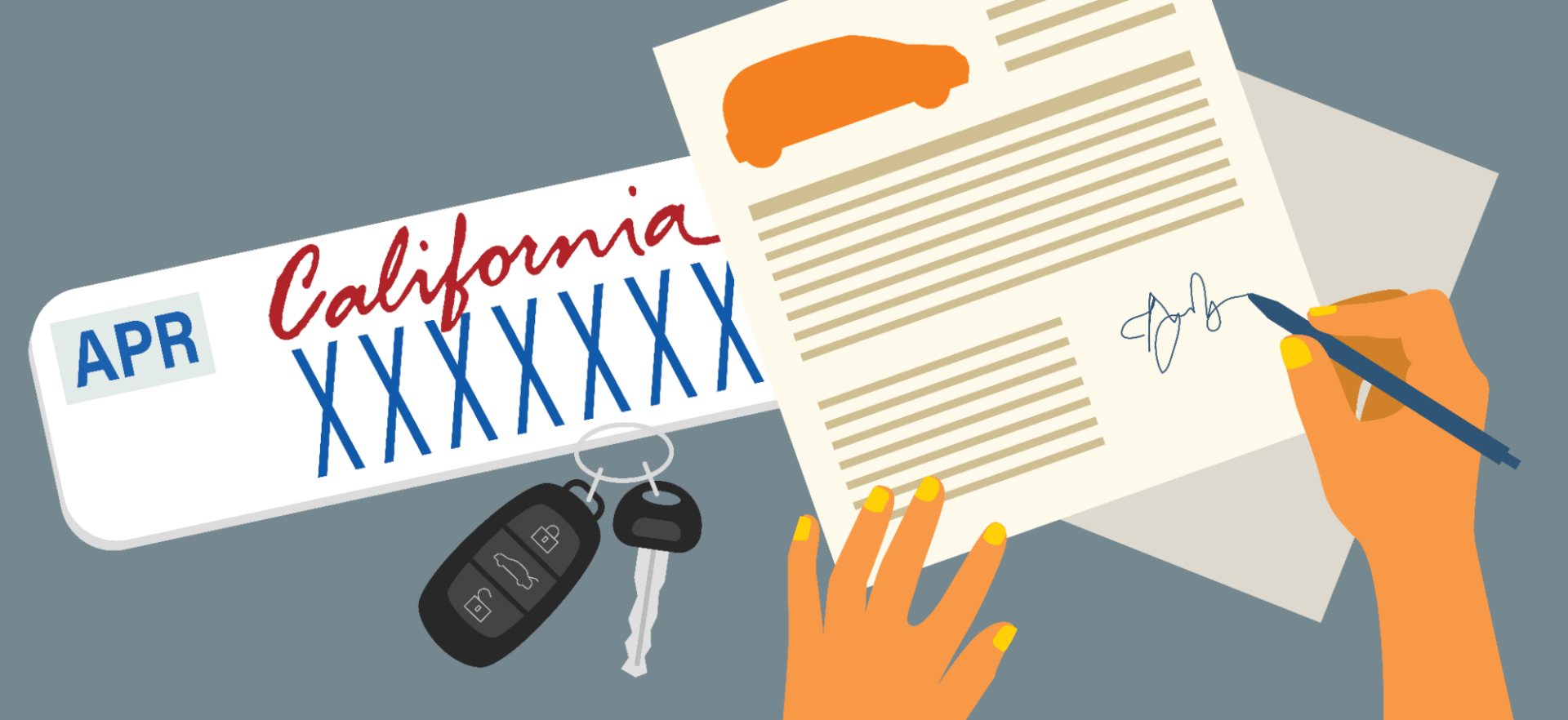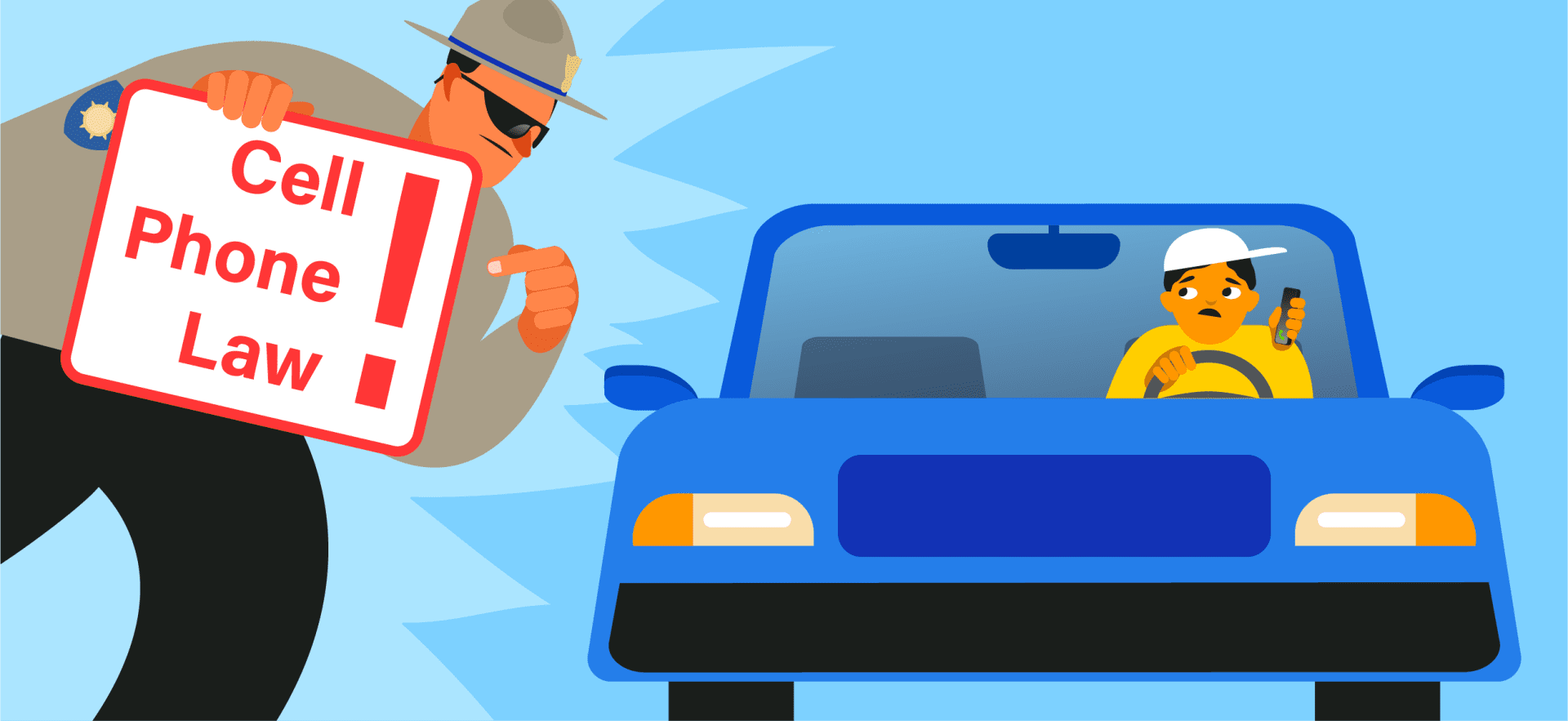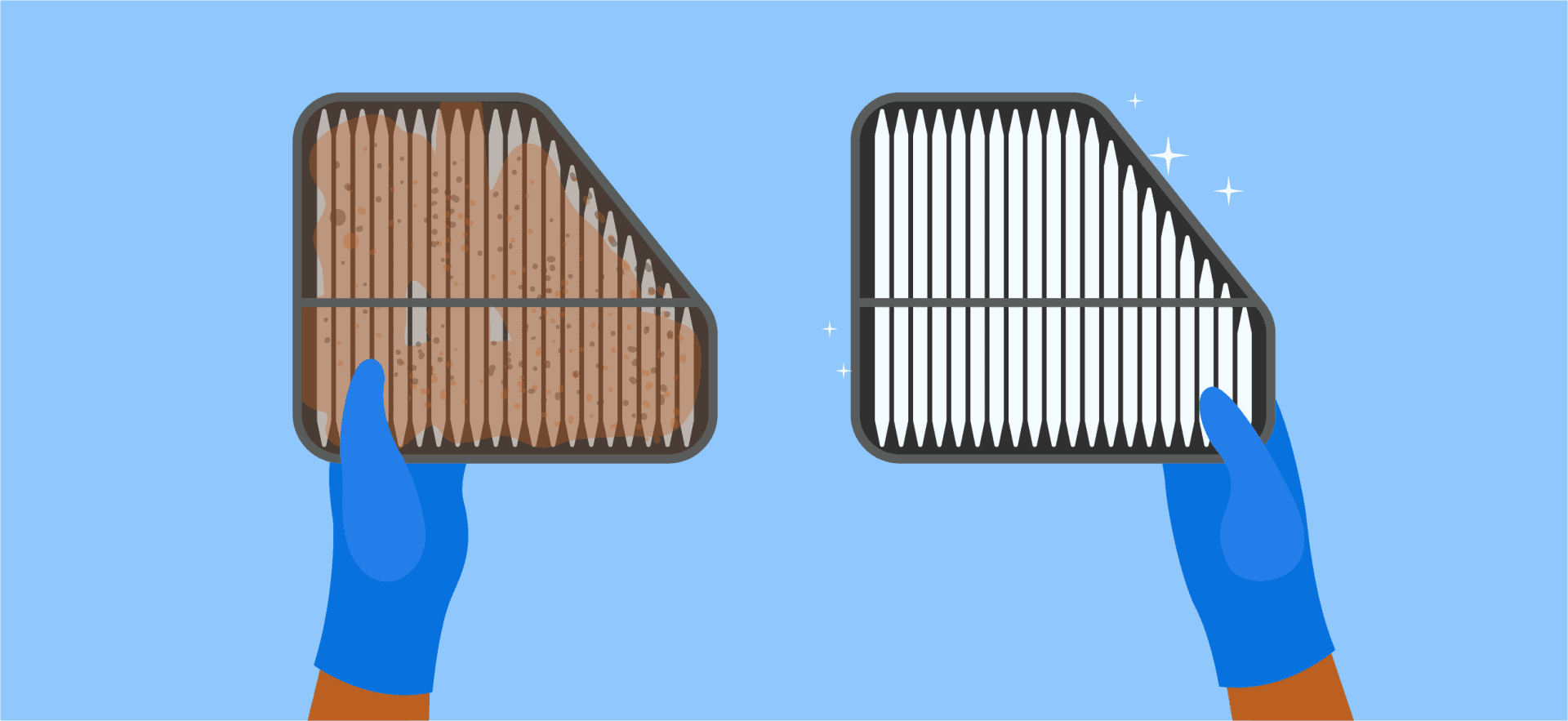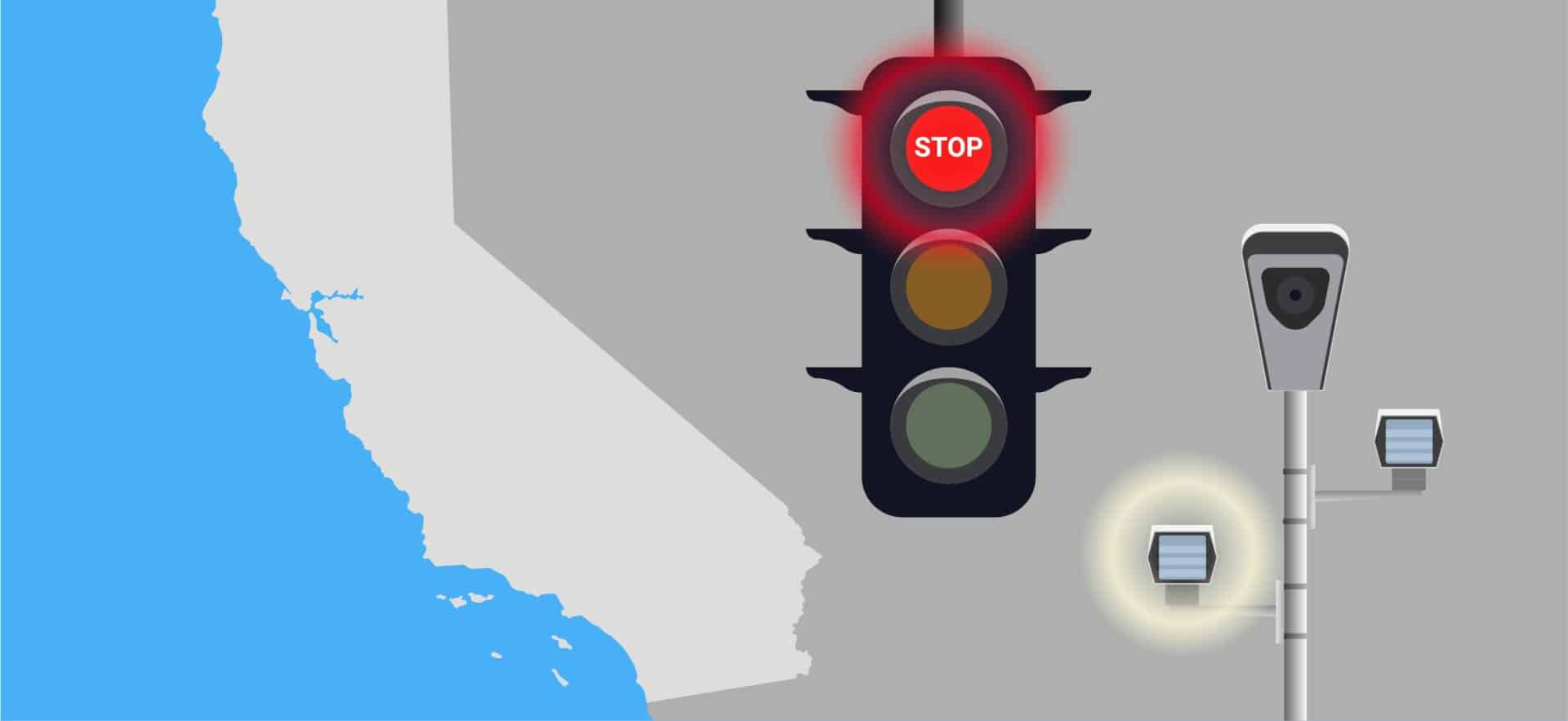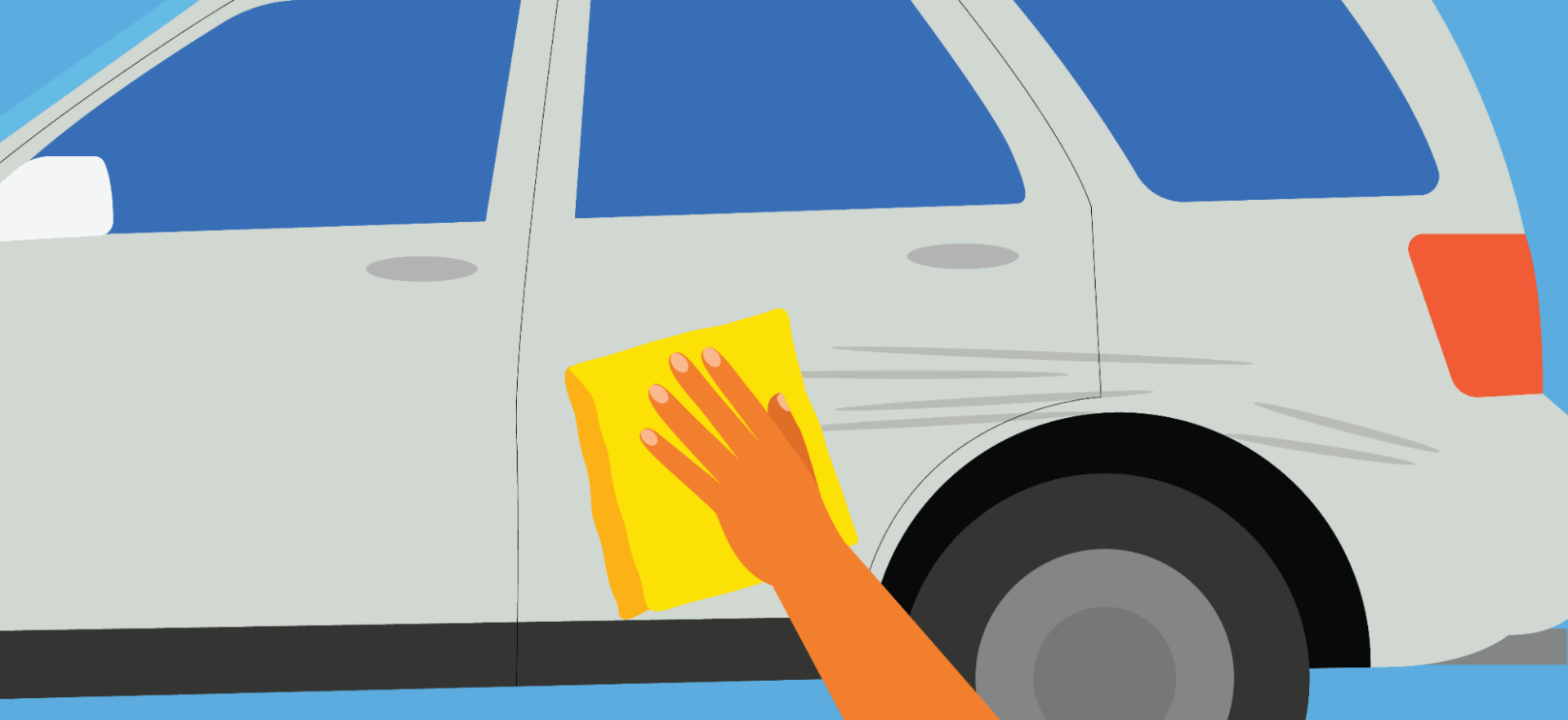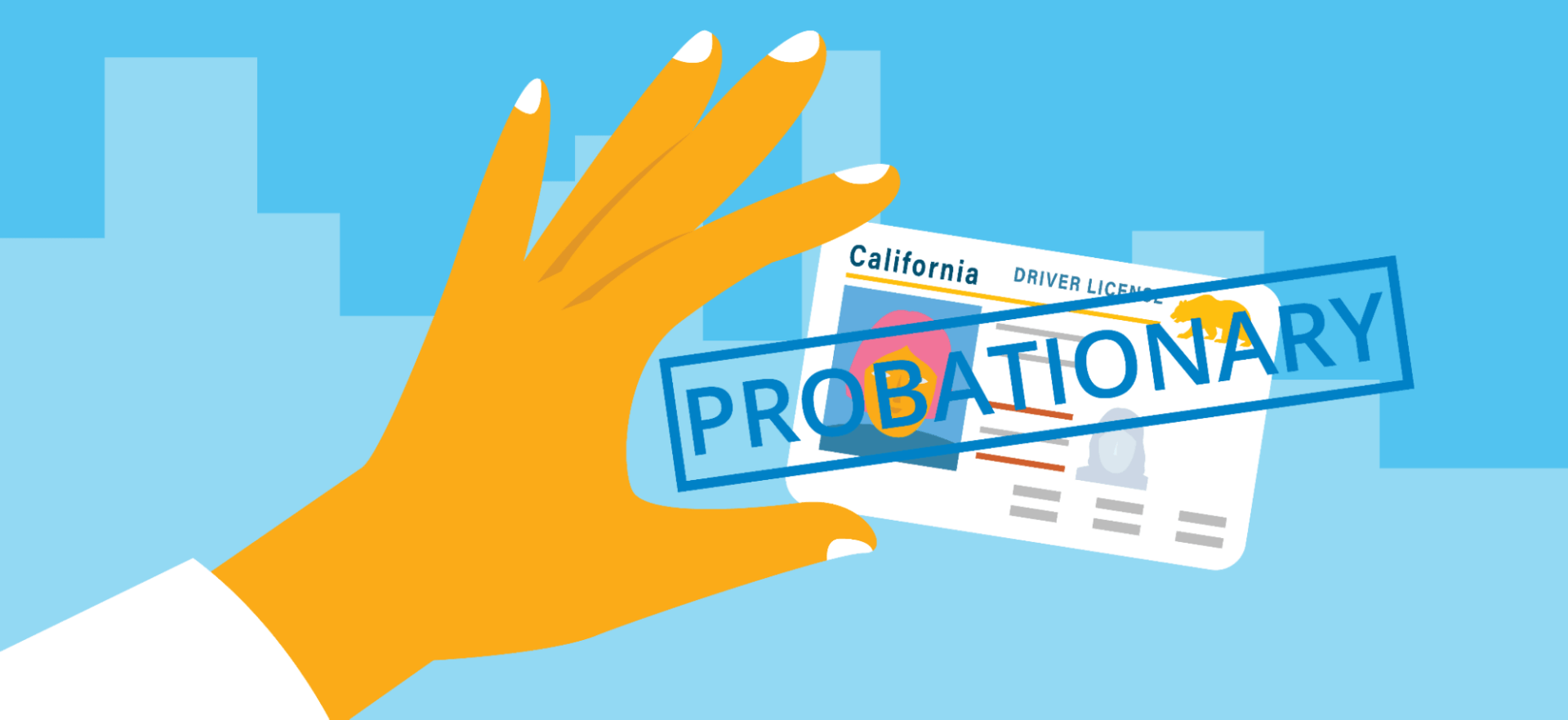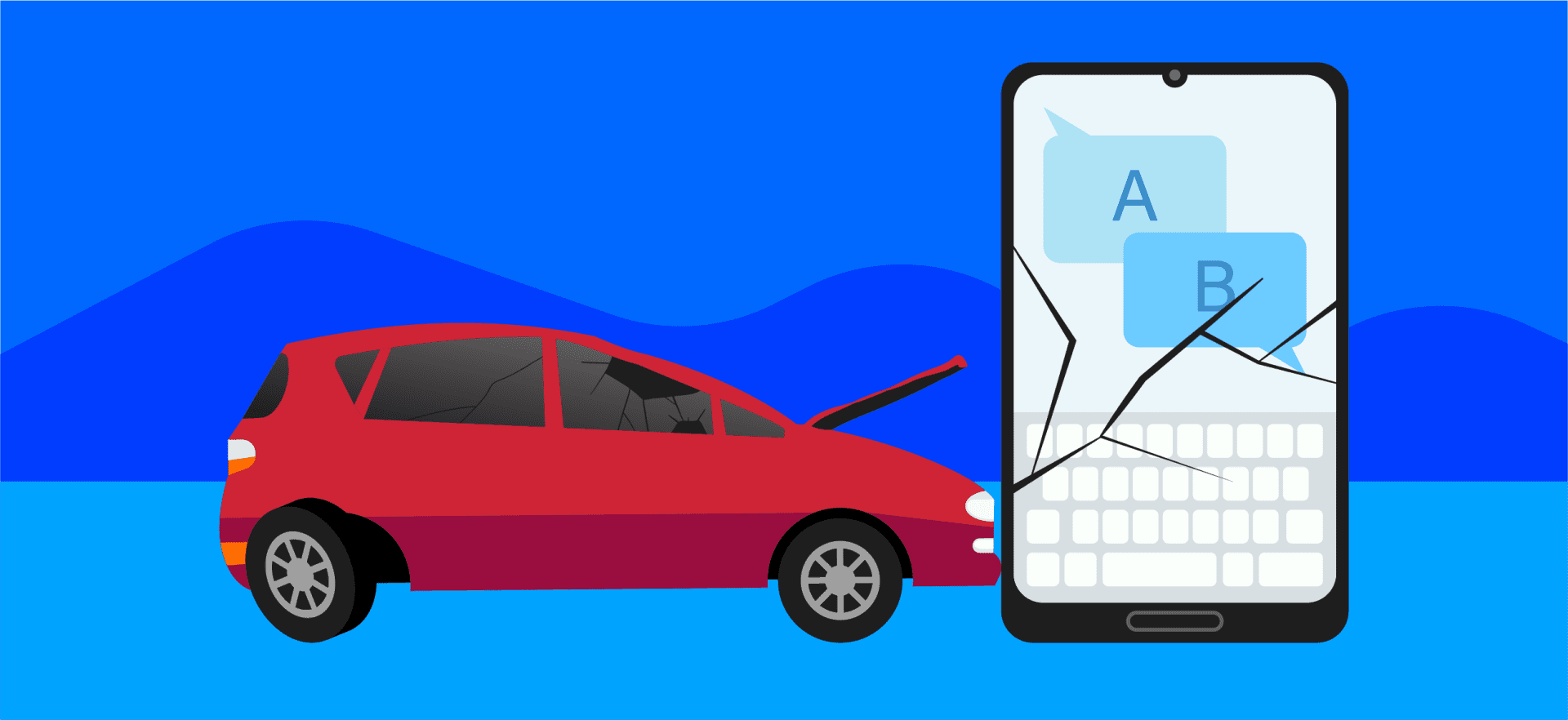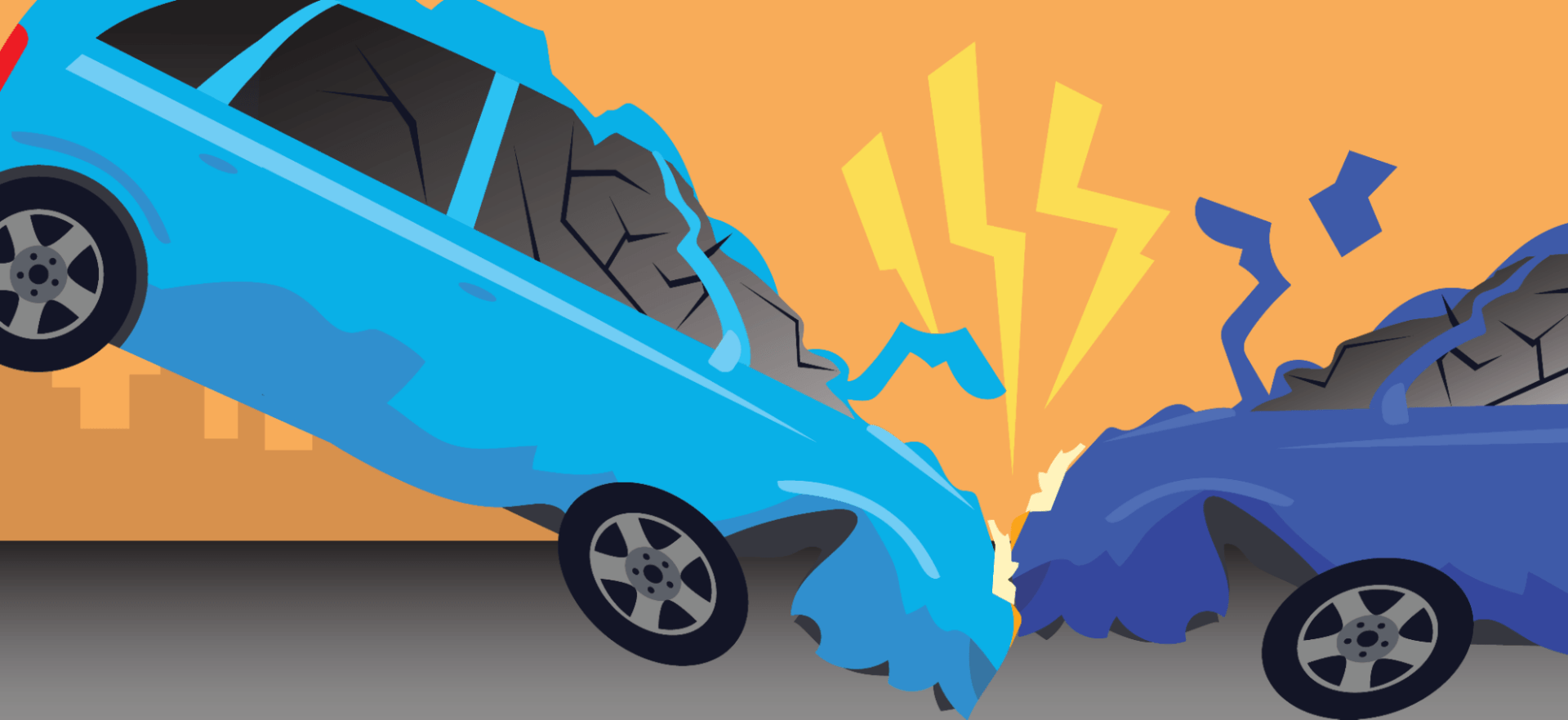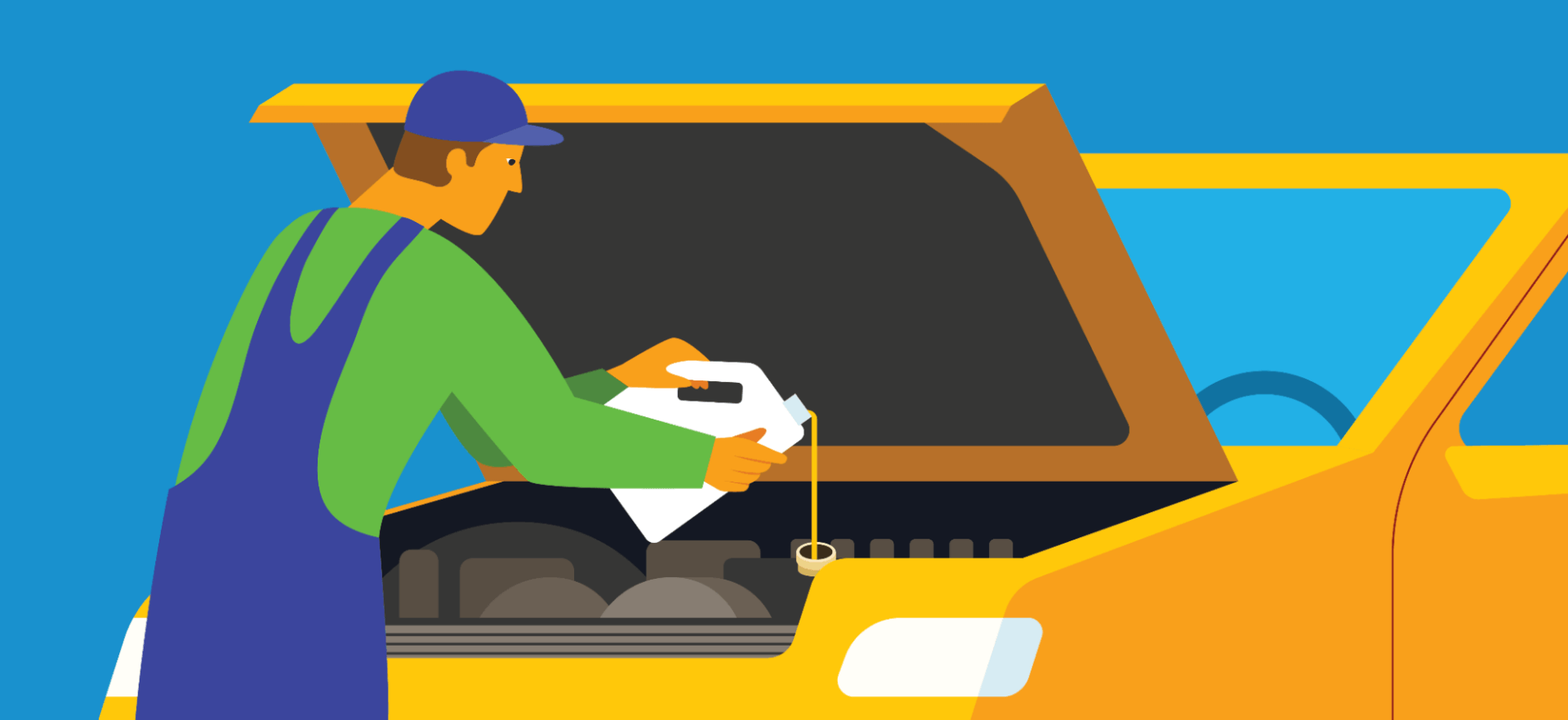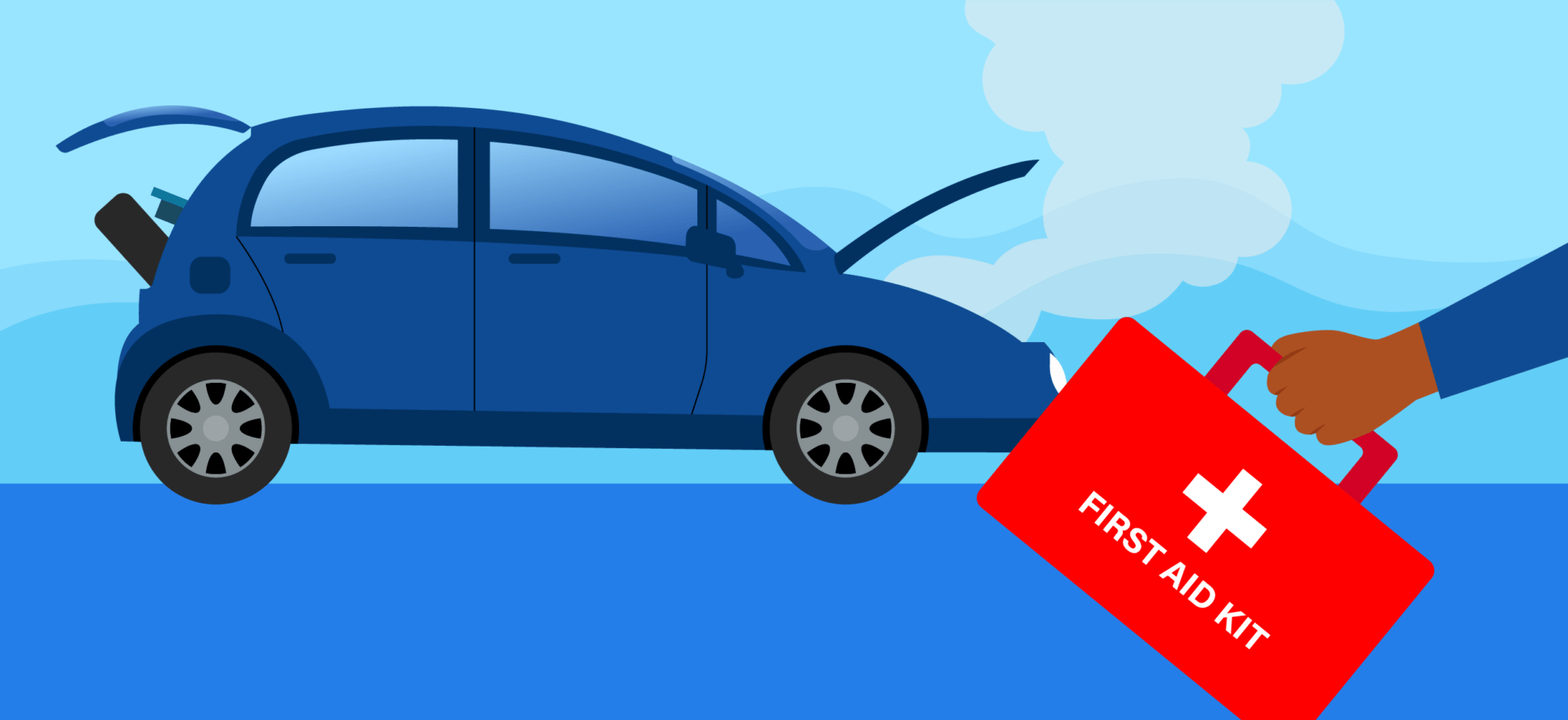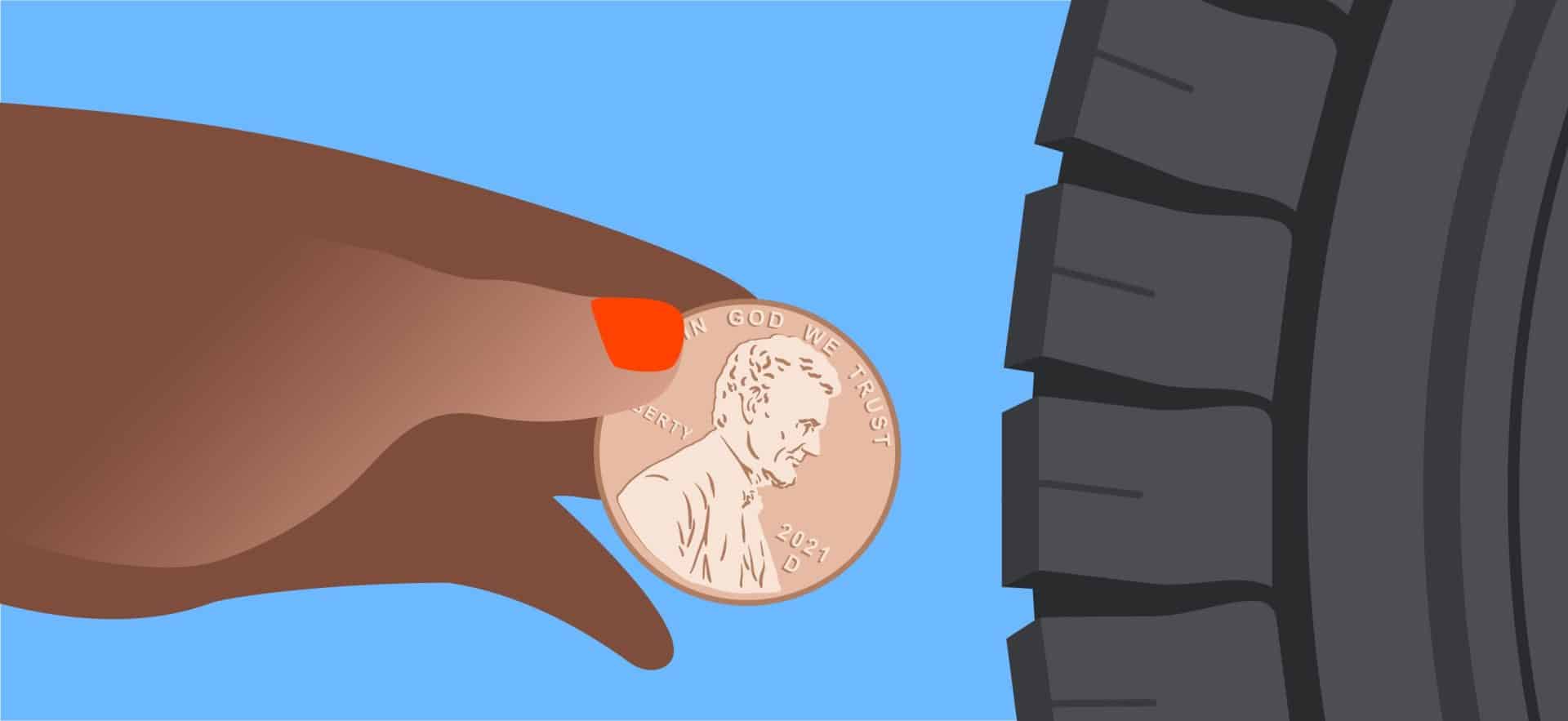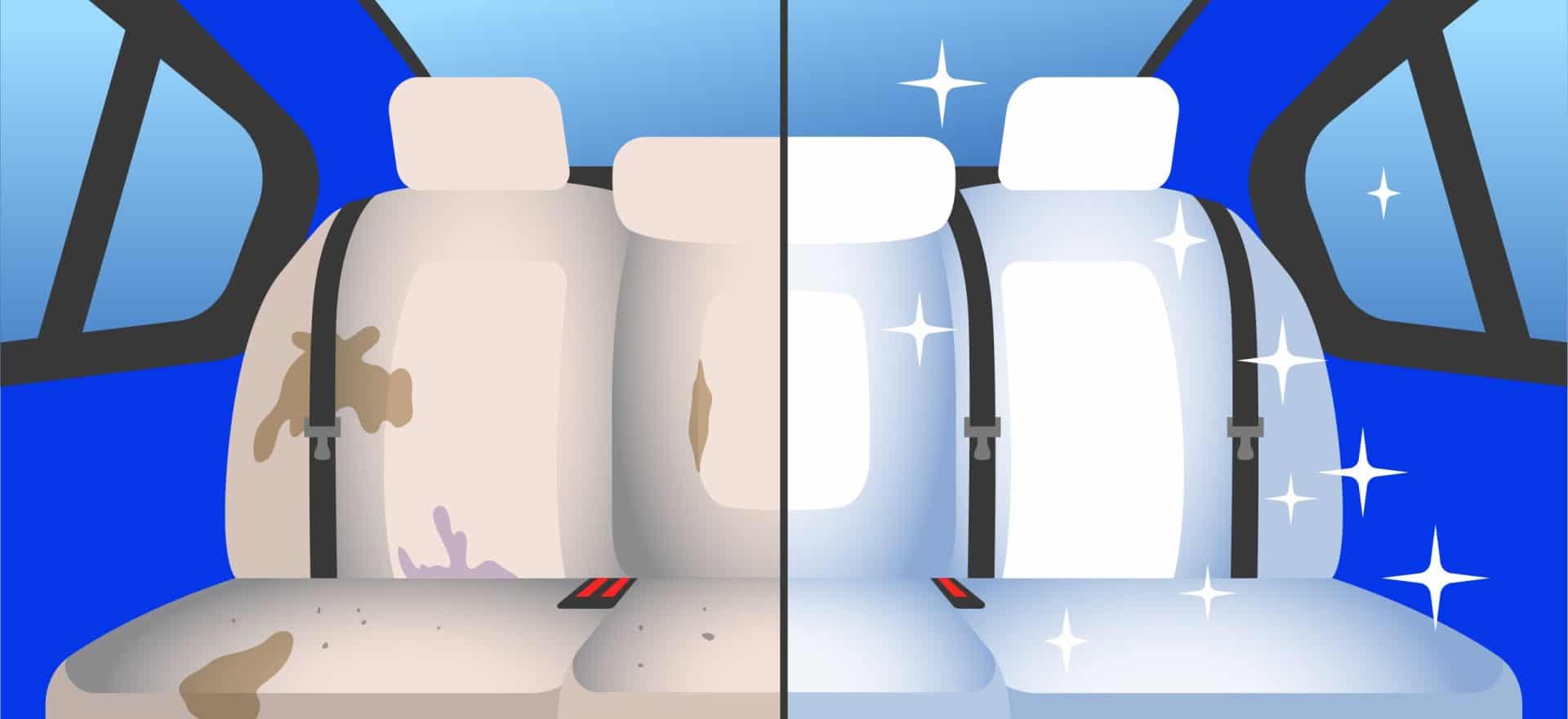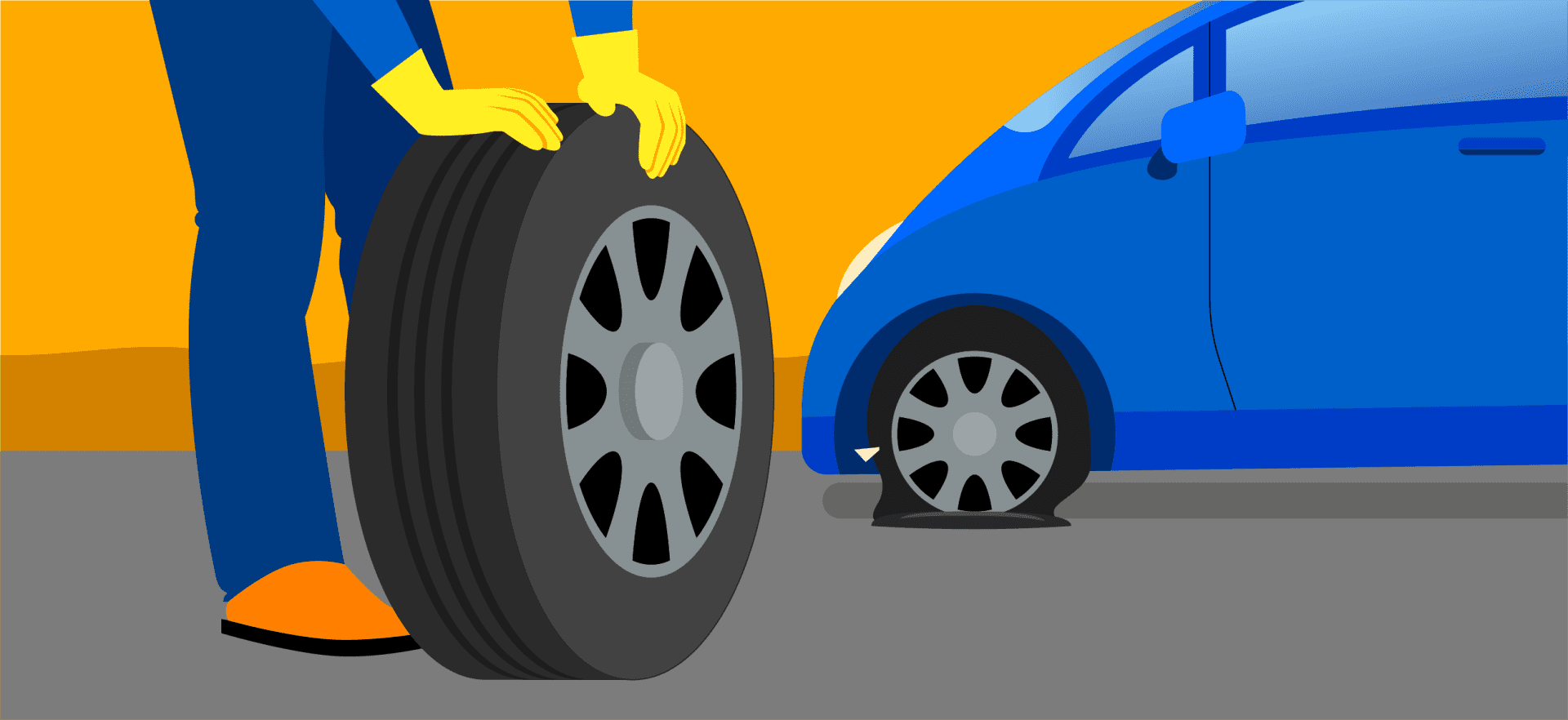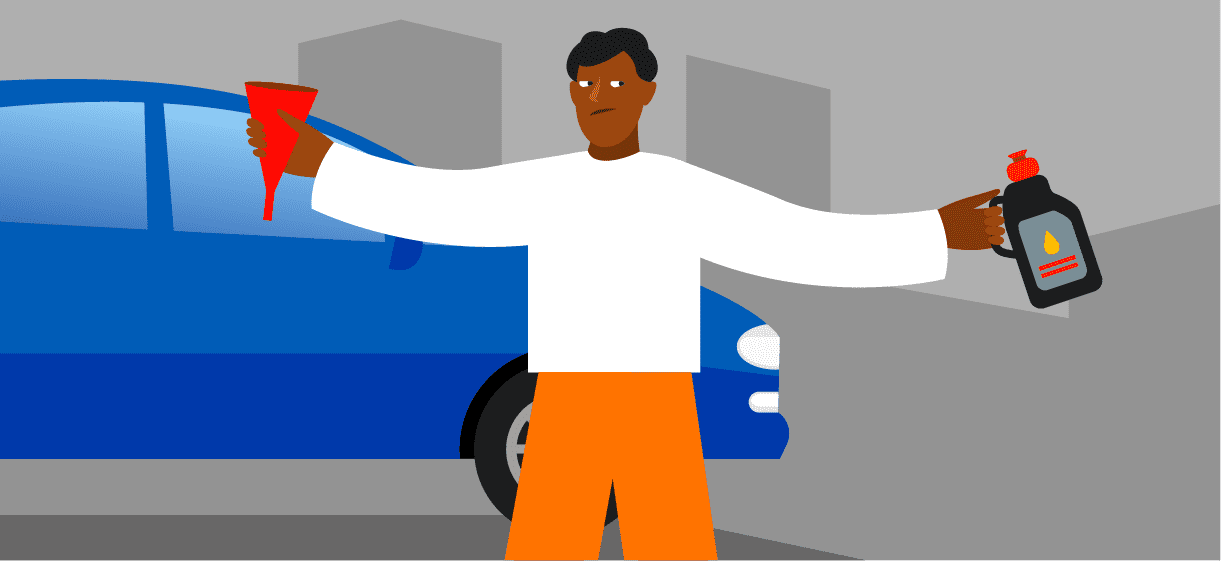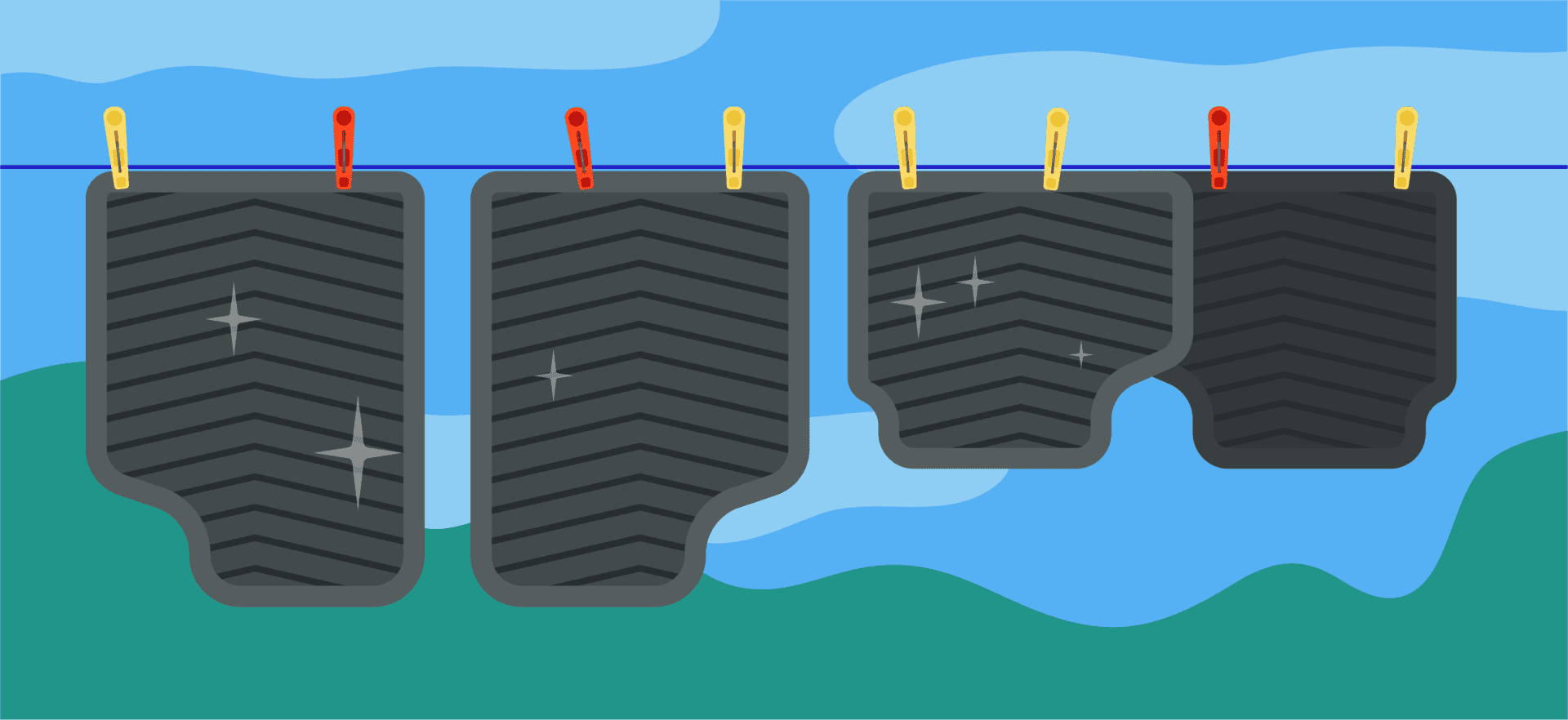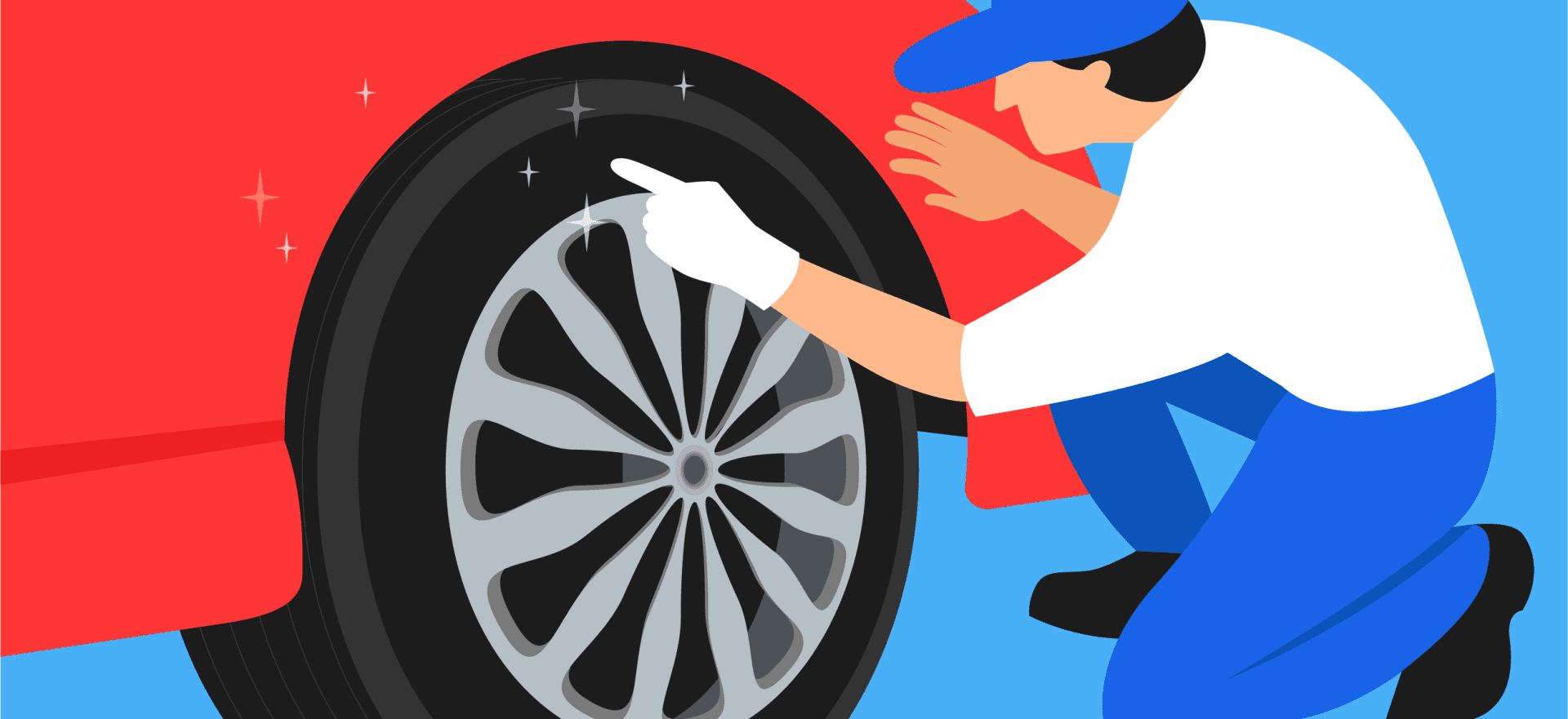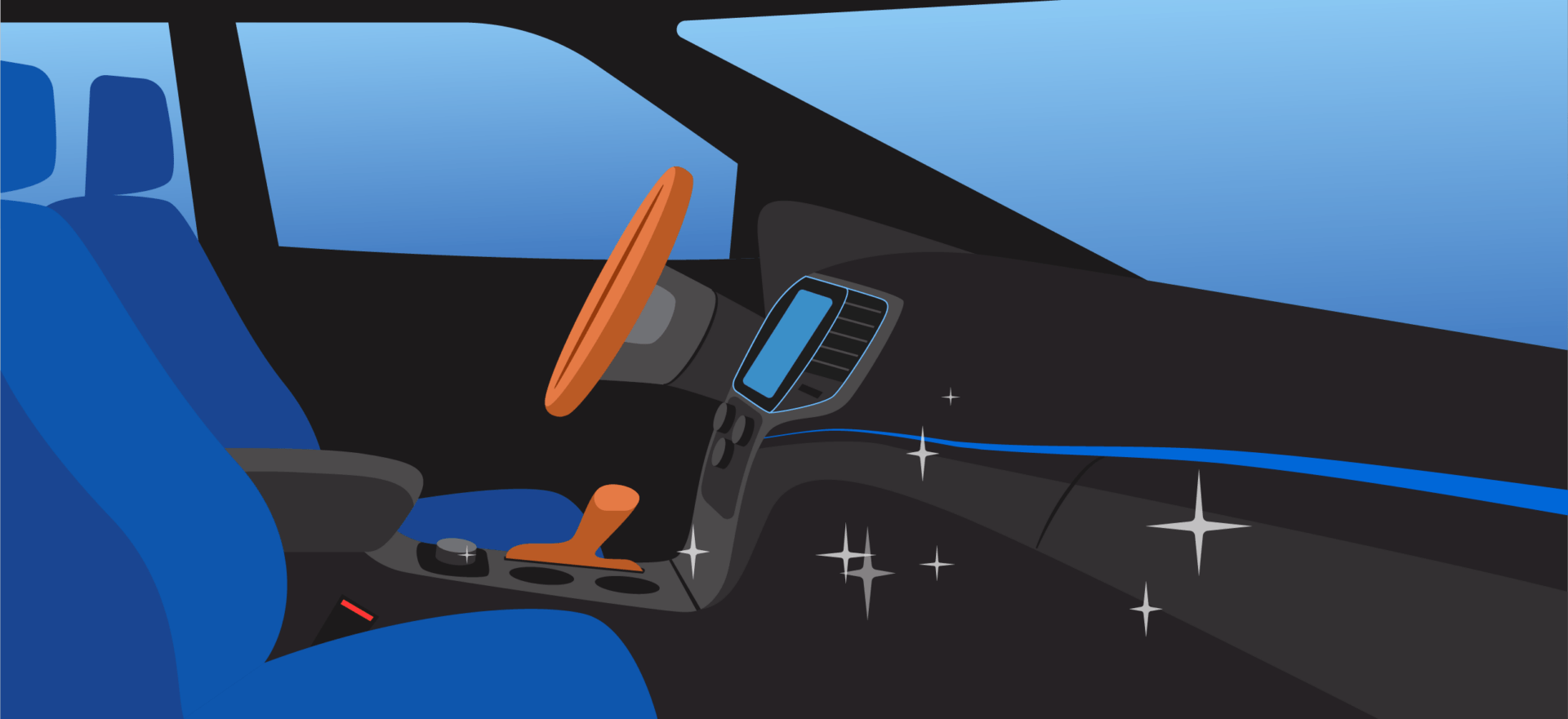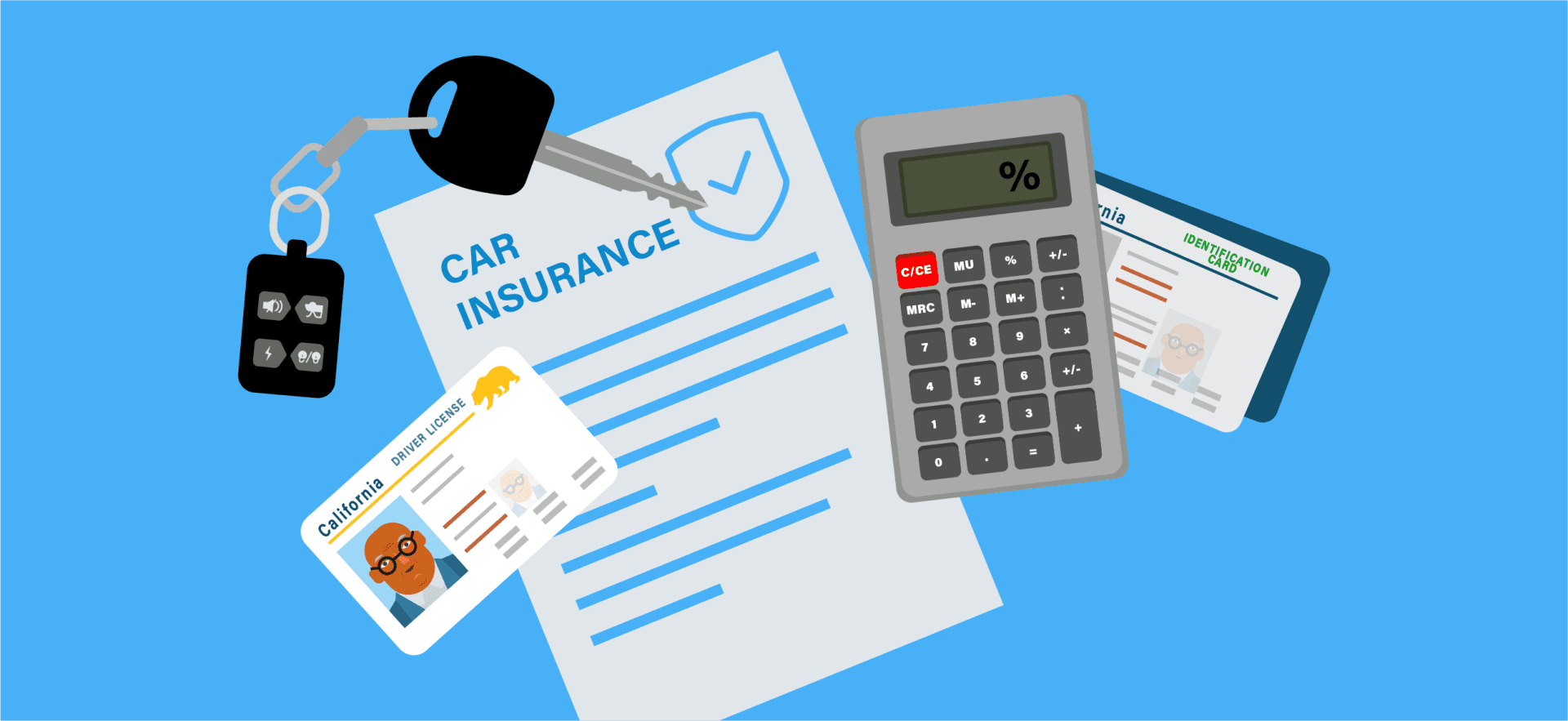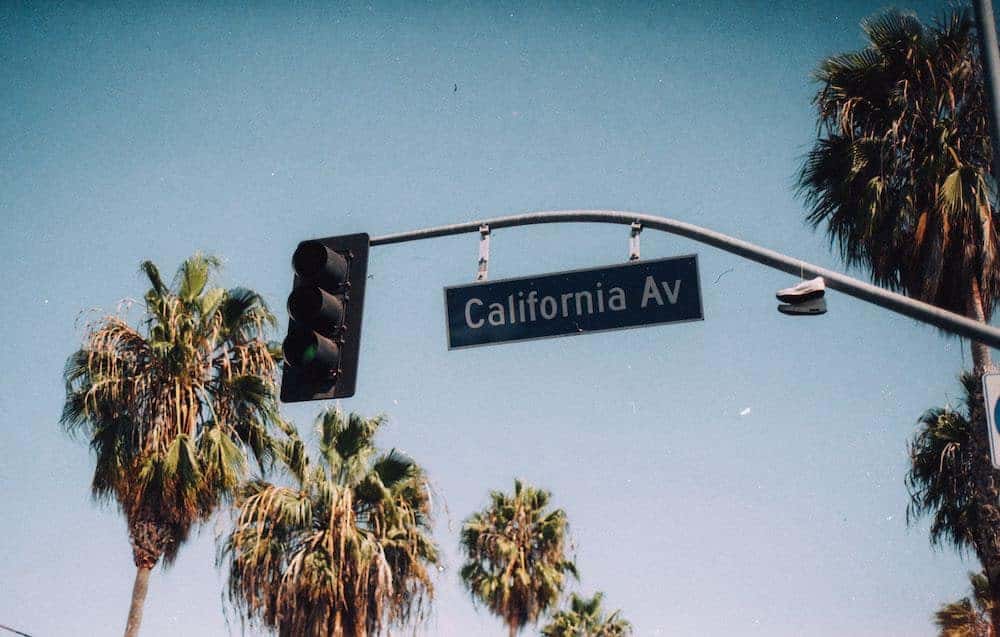Oxidation is a natural and inevitable feature of aluminum. Regularly cleaning and maintaining your car’s aluminum wheels and rims is an important part of routine vehicle maintenance. It will help enhance your vehicle’s appearance, leaving your rims and wheels sparkling like they’re plated with chrome, and it will also ensure that your car performs as it should. Don’t also forget to regularly clean your car tires.
In this post, we will explain exactly how how to clean aluminum wheels and rims covering the variety of cleaning and maintenance methods for different types of aluminum wheels/rims, describing the steps for doing so in-depth, and recommending specific products that will make restoring your aluminum wheels as simple and effective as possible.
How To Clean Aluminum Wheels And Rims: By Type of Finish

There are several different types of aluminum wheel finishes, some of which may require different methods of cleaning than the ones described in the rest of this post:
1. Clear-coated aluminum wheels
Clear coat is a transparent coating that can be used on bare aluminum wheels and painted wheels, protecting metal from corrosion and paint from wearing away. Clear coat also adds a gloss that many car owners find visually appealing.
You should avoid using acidic wheel cleaners or metal polish on a clear coat, as these substances could damage it, ruining its shine and protective effects. Instead, you should use water-based wheel cleaners or regular soap and water to get clear-coated aluminum wheels looking good as new.
2. Painted aluminum wheels
These are just what they sound like – aluminum wheels that have been coated with a thin layer of paint. The paint can come in various colors, allowing you to customize the look of your wheels and rims. Normally, painted aluminum wheels will also have a clear topcoat to keep the paintwork from chipping or wearing away. Just like with clear coated wheels, it is recommended that you use a gentle soap or a water-based wheel cleaner along with a microfiber cloth to clean these.
3. Polished aluminum wheels
These wheels have been buffed to a perfect shine by hand or machine. Although the shine of polished aluminum looks wonderful, they are more prone to oxidizing than wheels protected by a clear coat. They require a specialized cleaner formulated specifically for aluminum wheels, such as Meguiar’s Hot Rims Aluminum Wheel Cleaner, which will remove oxidation and dirt without harming the metal itself.
4. Anodized aluminum wheels
Anodizing is a process that involves binding a layer of aluminum oxide to a metal, which protects the wheel from wear. Generally, the thicker the aluminum oxide layer, the more protective it will be. This finish isn’t prone to chipping or peeling off like paint or clear coat because it becomes part of the metal.
It does a great job of preventing aluminum wheels from corroding or oxidizing. However, it can be prohibitively expensive, making it less common than other finishes. You should clean it with mild soap or a gentle wheel cleaner like Meguiar’s, and never scrub these wheels with an abrasive material, as this will remove the anodized layer.
Traffic school can help you keep a clean driving record, prevent insurance increases, and more!
Cleaning Supplies and Tools You’ll Need

Before we describe the steps involved in cleaning aluminum wheels, here are all the essential supplies and tools you should plan to gather in preparation:
- Garden hose (with a fireman’s nozzle, if possible, for extra control over the water stream)
- Non-acidic, specialized aluminum wheel cleaner (see our recommendations at the end of this post)
- Wheel brush with soft bristles
- All-purpose automobile surface cleaner (for the wheel wells)
- Hard long-handled brush (also for the wheel wells)
- Clean microfiber towels
- Wheel polishing compound
- Nitrile gloves
- Protective safety glasses
- Coarse wet/dry sandpaper (240, 320, or 400 grit)
- Fine sandpaper (800 or 1,000 grit)
- Felt polishing disc or ball-shaped power polisher (optional)
Step-by-Step Cleaning Process for Bare Aluminum Wheels

Here’s our in-depth, step-by-step guide for cleaning bare aluminum wheels and rims:
1. Check for a coating over the aluminum: If you’re not 100% sure that your wheels are bare aluminum, you should make sure to check for the presence of a clear coat before you proceed – as we’ve already described, cleaning clear coated wheels requires much gentler products and techniques to prevent damage to the coating.
Thankfully, it’s pretty easy to check for a clear coat. Simply apply a bit of polish to a small spot on the wheel (you should choose a place that’s not easily visible). Wipe off the polish with a rag, and check if there is a black residue (oxidation) on the rag. If there is a black residue, it is bare aluminum. If there is no black residue/oxidation, only regular dirt and grime, then you can assume your wheel has a coating.
2. Don your protective gear: Wear your nitrile gloves and protective safety glasses to prevent any injuries to your hands or eyes.
3. Rinse the wheels: Use a hose with a fireman’s nozzle, if possible, to apply more force to your stream of water. You should rinse off as much grime and brake dust as you possibly can, and don’t forget to spray water in crevices and less noticeable areas (such as the brake calipers and the spaces in between the spokes). Brake dust is especially prone to getting caught in small openings.
4. Apply aluminum wheel cleaner: Go through and spray the wheels one at a time using a specialized, non-acidic aluminum wheel cleaner. (Acidic cleaners can leave unsightly spots on the wheel and cause damage over time.) If you’re unsure what product to use, check out our recommendations for the best aluminum wheel cleaners on the market at the end of this post.
5. Brush the wheels with a soft brush: Using a wheel brush with soft bristles, gently scrub the wheel cleaner you just applied into the surface of each wheel. Ideally, you want to use a narrower brush that can fit into smaller crevices of the wheel, such as the spaces between the spokes where brake dust and grime often get stuck and the lug nuts and lug nut holes. Keep the wheel wet as you’re brushing it to ensure you don’t leave any scratches, and don’t let the wheel cleaner get dry to avoid leaving spots (this is why we recommend applying the cleaner to your wheels one by one).
6. Clean the wheel wells: The wheel wells require more aggressive cleaning than the wheels themselves. You should spray them with an all-purpose automobile surface cleaner and scrub the wheel wells using a harder brush with a long handle (don’t use the soft brush you were just using on the wheels!).
7. Rinse off the cleaners: Once you’ve scrubbed the wheels and wheel wells thoroughly, use your hose to rinse everything off. Ensure you get all the residue off – don’t forget the spaces between the spokes and the lug nuts and lug nut holes.
8. Dry your wheels or move onto polishing: If you’re not planning on polishing your wheels, you should dry them off using a dedicated microfiber towel. Otherwise, your wheels might end up with visible water spots, which will ruin the hard work you put into cleaning them thoroughly.
Because your microfiber towel can end up with brake dust on it, never use this towel on the rest of your car, where it could potentially scratch the glass or the finish on your paint. However, if you’re planning to polish the wheels as well, you should leave them wet and wait to dry them until you’ve finished sanding.
How to Polish Aluminum Wheels

As long as you’re certain that your wheels don’t have a coating on them (see step 1 of the last section to learn how to check for a coating), follow these steps to remove oxidation and polish your aluminum wheels to a beautiful finish:
- Sand the rims with coarse sandpaper: Begin by using 400-grit wet/dry sandpaper on your still-wet wheels (wet them down again if necessary) to get rid of noticeable scratches, pitted spots, curb rash, and other rough areas on the rims. If there are any severe spots of pitting or scratching and your wheels are in especially bad condition, you should instead start with more coarse sandpaper (320 grit or 240 grit). If possible, we recommend sanding by hand to do as thorough a job as possible, but if you’d prefer to use a sandpaper disc, you can also start with that.
- Sand the rims with fine sandpaper: Once you’ve smoothed everything out with the more coarse sandpaper, move onto finer sandpaper (800 or 1,000 grit) to get the rims even smoother. Wipe off excess dust using a dedicated dry microfiber cloth as you sand the rims.
- Rinse off and dry your wheels: Use a hose to rinse everything completely and remove all the dust you just created by sanding. Then dry them off with a completely dry and clean microfiber cloth.
- Polish your wheels and wipe off the polishing compound: Apply the polishing compound to your wheels with either a microfiber cloth, a felt polishing disc, or a ball-shaped power polisher. You will want to cover every inch of your wheel during this process, and after you wipe off the polishing compound with another clean microfiber cloth, you may notice spots that still need more polishing. Repeat this process until your wheels and rims look evenly shiny.
Preventative Maintenance for Aluminum Wheels and Rims

There are many ways to maintain your aluminum wheels’ cleanliness and shine and reduce oxidation:
- Metal sealant: Apply a specialized metal sealant, such as Wolfgang MetallWerk Concours Metal Sealant, which isn’t designed specifically for wheels but works well to protect all types of metal from oxidation and corrosion.
- Wheel protectant: Instead of metal sealant, you can also use a wheel protectant product (a “wheel glaze” or “wheel wax”), which is formulated specifically for wheels and are comparable to car wax in how they function. These products stop brake dust and dirt from sticking to your wheels and protect them from water and road salt. Although you will need to reapply these products on roughly a weekly basis, they can actually end up saving you time and energy because they make it possible to effectively clean off your wheels using nothing but water.
- Add a finish or coating: As we described in the section on types of finishes for aluminum wheels, there are a number of different coatings you can add to your wheels that will protect them and make them look better. If maintaining bare aluminum wheels is becoming tiresome, consider adding a layer of clear coat, paint, or anodized aluminum oxide to protect them better.
Safety Precautions To Take

It’s important to follow safety guidelines while cleaning your wheels and rims. This is particularly true when you’re sanding down the metal surface of your wheels, as this generates metal particles that would be extremely harmful to inhale or to get in your eyes.
Be sure to adhere to the following safety guidelines while cleaning your aluminum wheels and rims:
- Wearing gloves: We recommend nitrile gloves with textured palms to facilitate grip, as they are highly durable and chemical resistant. However, any glove approved for auto detailing will effectively protect your skin from contact with harsh chemicals.
- Wearing goggles: Goggles will protect your eyes from any chemicals that splash while you’re cleaning and from the dust generated by sanding.
- Working in a well-ventilated area: Whether outdoors or in a garage with the door wide open, adequate airflow helps reduce the build-up of chemical fumes and metal particles in the air.
- Wearing a mask: A NIOSH-approved mask or respirator (check out this article for more advice on what to wear while auto detailing) is another way to protect yourself from metal particles and poor air quality.
- Keeping wheels wet while sanding: As we already noted, it’s a good idea to make sure that your wheels are wet while you’re sanding them – this will keep the dust from getting everywhere, in addition to lubricating the sanding process to reduce the likelihood of scratches and create an even finish.
It may feel like an extra hassle to wear this protective gear, but doing so can prevent long-term health effects that are far more inconvenient than simply putting on gloves, goggles, and a mask.
Products We Recommend: The Best Aluminum Wheel Cleaners
1. Meguiar’s G14324 Hot Rims Aluminum Wheel Cleaner
The most affordable of our recommendations, this gentle wheel cleaner from Meguiar’s is designed specifically for delicate uncoated aluminum. It can also be used on alloy, anodized, and powder-coated wheels. Its foaming action allows it to stick to the surface of the wheel to fully dissolve brake dust and dirt. Not only will it not damage your wheels or brake components, but it’ll also help you get your wheels and rims looking spotless without a lot of elbow grease.
2. Sonax Wheel Cleaner Full Effect
This acid-free product is safe for aluminum wheel surfaces and chrome, steel, clear coat, paint, plastic wheel covers, and magnesium. It is also set apart by its unique color-changing formula: the cleaner sprays on bright yellow and only turns red/purple when it comes into contact with iron and begins to dissolve brake dust.
Remember that the manufacturer does note that you should use this wheel cleaner with caution on anodized wheels and brake systems – they recommend testing it on an inconspicuous spot before you use it on these types of surfaces.
3. P21S Gel Wheel Cleaner
This gel-based wheel cleaner is a great option if you are especially concerned about causing any scratches or damage to your wheel while cleaning it. This product is designed to adhere to the surface of your wheel after you spray it on, so you can let it sit for two hours and allow the formula to do its magic, then wipe leftover spots with a sponge and spray off the remaining cleaner with a hose. This means there’s no need for scrubbing that could cause wear and tear on your wheel or rims, making the cleaning process even easier. It’s also a pH-controlled, non-acidic formula that won’t create any spots.

